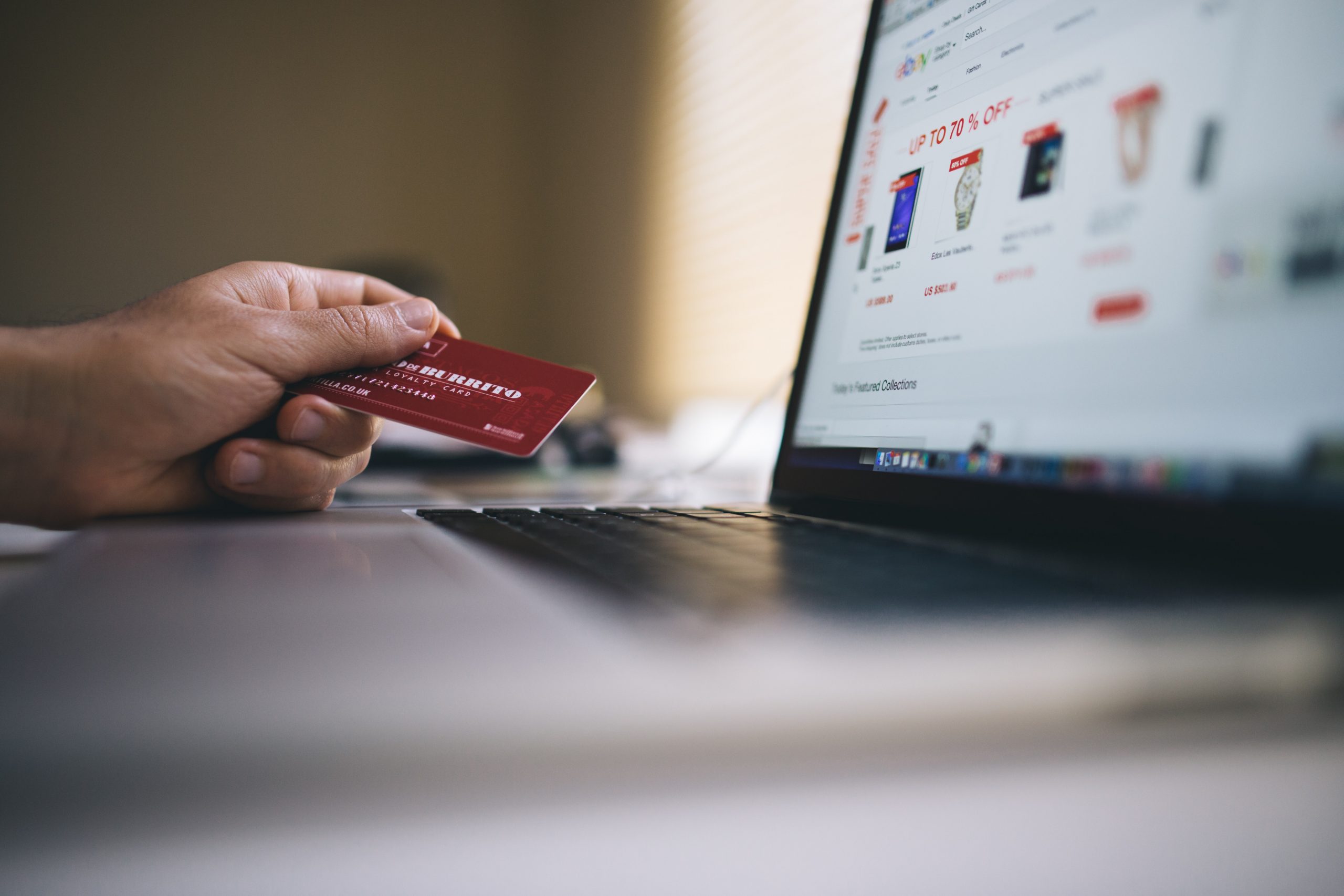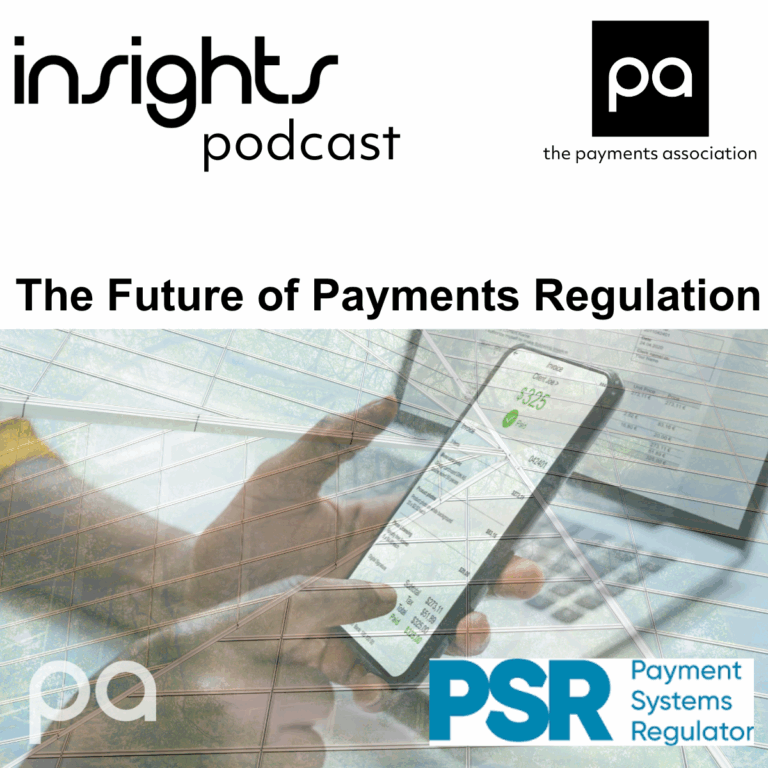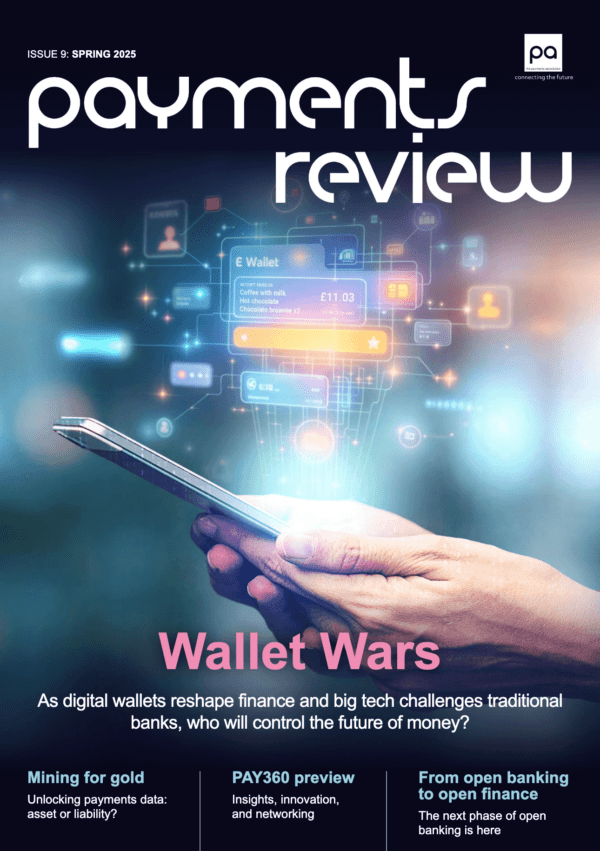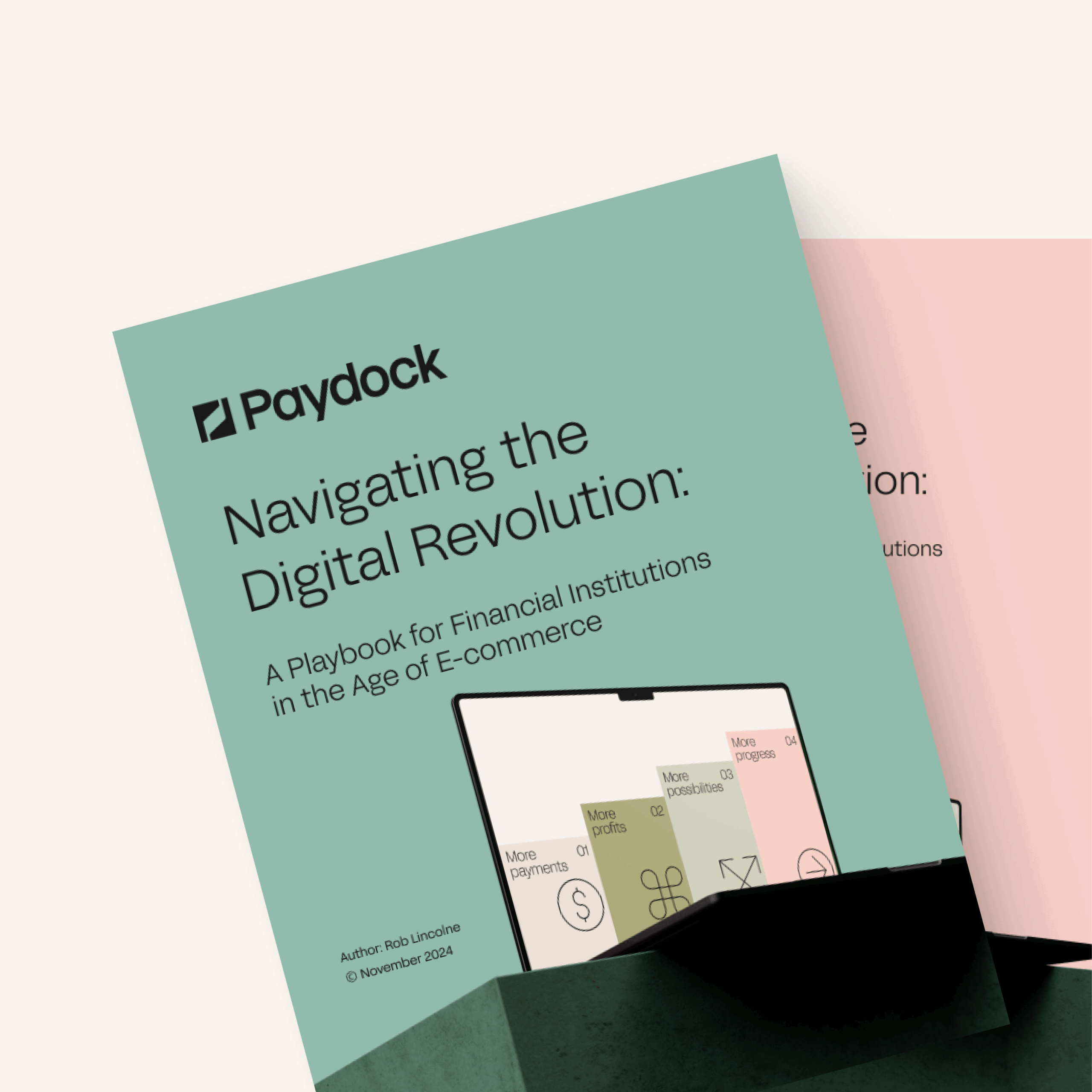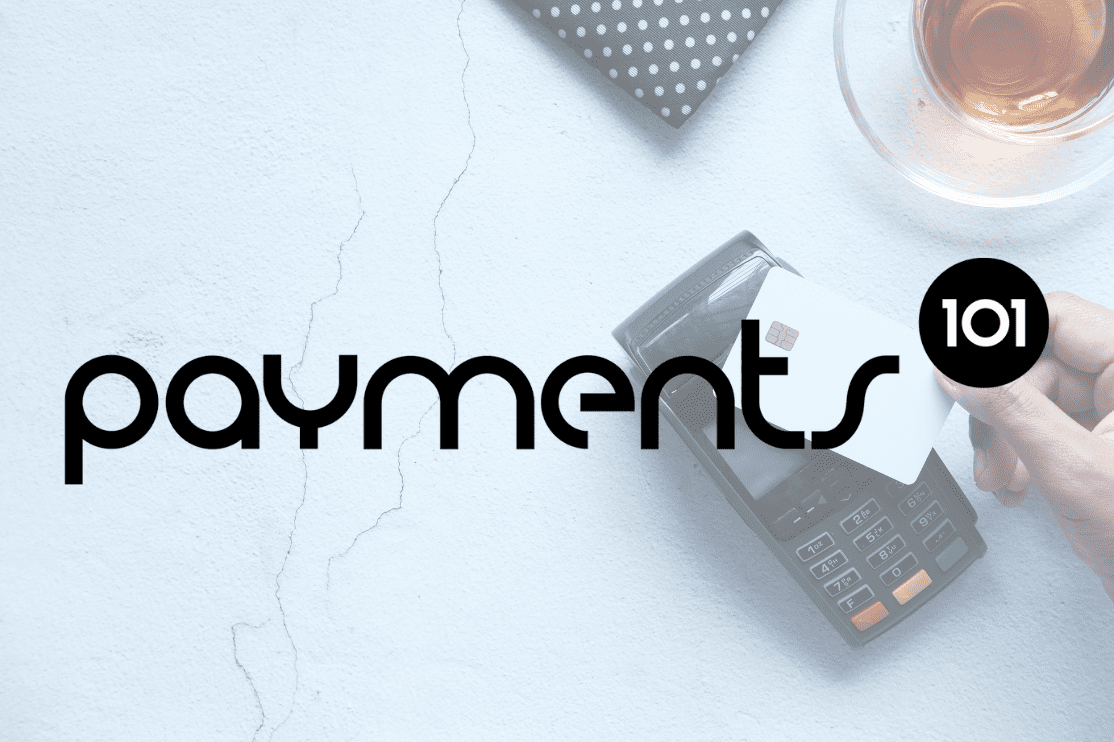E-commerce growth is predicted to reach the pre-pandemic level by the end of this year. However, Fast-Growing and Emerging regions remain excluded from access to global e-commerce due to prevailing constraints on cross-border shopping.
With global e-commerce sales predicted to reach $4.9 trillion by the end of this year, e-commerce has shaped new consumer habits when it comes to shopping preferences. Despite these predictions, e-commerce growth and accessibility in certain regions are still off-limits due to existing constraints that could be solved—with the right timing and approach.
In the first quarter of 2021, global e-commerce recorded $876 billion in sales—up 38% year-over-year, with predictions of the continued growth of 24.5% by 2025. Yet, the surge has not been as widespread as it would seem at a first glance. Huge numbers of the population in Fast-Growing and Emerging markets are unbanked—as many as 50% of Africans are still financially excluded, South and Central Americans following close behind with 38%. Because of this, certain regions are facing limitations when it comes to cross-border e-commerce.
Frank Breuss, CEO and co-founder of Nikulipe, a Fintech company creating and connecting Local Payment Methods to access Emerging and Fast-Growing Markets, points out that, while each Emerging Market has its own specific issues around cross-border payments, there are three main ones that stand out as most prevalent.
“Problems that are stifling growth in Fast-Growing and Emerging markets have been around for ages. Variety of payment cards, country-specific legislation, and currency restrictions, as well as logistics, are among the key issues hindering e-commerce growth. For example, while payment cards like Visa and Mastercard are widely available in North America or Western Europe, they’re not easily accessible in Fast-Growing and Emerging markets. Even if consumers have payment cards, these are often local ones, intended for domestic use only, meaning they cannot be used to purchase goods from international merchants.”
Breuss elaborates that the situation is similar to bank transfers. For those who have accounts with local banks, these financial institutions, in most cases, are not well-connected to the banking network internationally, making cross-border bank transfers very slow and expensive.
Country-specific legislations or the lack of them are also ongoing struggles for Fast-Growing and Emerging markets. Operational payment limits, where payment orders can be placed only on working days during certain hours, are something that Latin America deals with. Fragmented market is an ongoing headache for Africa—with over 40 different currencies and regulators, it poses hurdles to international merchants. According to Breuss, even if a consumer is able to purchase goods or services off an international website, the merchant might not have easy access to the payment itself.
Logistics issues like shipment restrictions or custom hold-ups are another additional battle for many Emerging markets, adds Breuss. International merchants have to figure out ways to get goods to their clients in these regions in time, as well as overcome customs holdups, which add up to delays.
To help solve these issues for international Merchants and at the same time include as many consumers in global e-commerce as possible is not an easy task—it takes time, local know-how, and perseverance, Breuss notes.
“A certain lack of clear regulations and laws in Emerging Markets up the complexity of introducing new solutions. First of all, it’s key to understand the markets and their nuances, in order to offer relevant local payment methods that are suitable for consumer needs in each market. Partnering up with reliable payment solutions providers could aid in handling money flow from Fast-Growing and Emerging markets back to the merchant.”
With issues like payment and card limitations as well as logistics, Fast-Growing and Emerging Markets are ripe for new solutions. Helping solve the long-lasting issues could eventually draw exclusion from global e-commerce to a close. If consumers continue to show their wish to shop internationally, more merchants will try to find a solution to meet the demand—and consequently, bring more pressure on legislation to adopt the needed changes. Now, with the consumers in Emerging Markets doing exactly that, it seems to be the right time to start solving the complexities.
